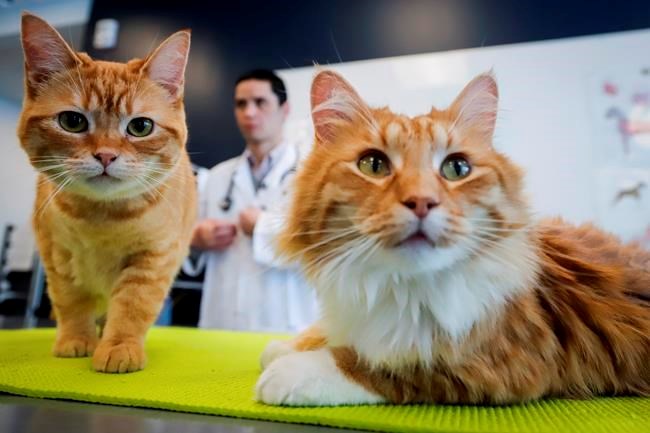When it comes to advising younger clients who are looking to welcome a new fur baby into their family, certified financial planner and cat owner Cindy Marques has one overarching philosophy — “put yourself first.”
Though affording a pet is certainly possible for young Canadians with the right financial mindset, Marques said she too often sees clients with rocky finances inclined to adopt or purchase a pet, potentially digging them deeper into a financial hole.
“A lot of what I do, ultimately, with clients is heavily rooted in cash flow planning,” said Marques, who is also the director of education and financial planning at Open Access Limited.
“At the end of the day, you have to get practical and start to think about whether adding a dependent to your cash flow is possible to sustain.”
This was something Jordyn Preston — a third-year political science and philosophy major at Carleton University — was well aware of when she set her sights on a dachshund puppy this year.
Growing up with dogs, she was already well acquainted with how much a puppy could cost. However, after considering her conservative spending habits and the health of her savings account, she decided she was in a comfortable enough place financially to welcome Phineas into her student abode.
“I have that kind of classic student budget,” said Preston. “I’ve never made more than minimum wage, it’s part time, and I don’t have benefits, but I know how to save and spend my money as someone who’s financially independent.”
Given her dog experience and dedication to providing Phineas the best life possible, Preston put significant effort into researching the estimated upfront and ongoing costs associated with adopting a puppy — taking into account that a smaller dog would likely cost less.
“They tend to eat less, are cheaper to groom, and don’t need as much exercise, so I don’t need to spend as much time outside of work or school hours with him,” she said.
Marques emphasized the importance of estimating costs for an animal's specific needs ahead of time, as owners must treat their pets like true dependants as opposed to something to tack on to an existing budget item.
“For example, I don't just bake my cat’s food into my grocery budget,” she said. “I have a separate line item for it to be very clear and remind myself that this is a financial dependent who I love and want to treat well, and she has a cost attached to her that I’m prepared for.”
Being a financially prepared pet owner, added Marques, also means preparing for the worst — by setting extra money aside or buying pet insurance for unexpected vet visits, as well as setting a mental limit for what one is willing and able to spend if things get dire.
“It's morbid, but especially as your pet starts to age or if they get really sick, you have to think seriously about what your cut off is,” she said.
“How deep in the hole are you willing to go before you bankrupt yourself for a pet whom you may love dearly, but whose surgeries or treatments may not be possible, practically and financially speaking?”
For Preston, part of her emergency planning also included accounting for the kinds of shenanigans one can expect of a young dog — namely, doing things they shouldn't.
“Obviously, they’re teething, so they’re going to be chewing through everything they can get their mouths on,” she said, “which means replacing a lot of toys, but also your own shoes, clothes, et cetera.”
“But you also have to consider that puppies are going to do dumb things,” Preston added, “which might mean a surprise visit to the vet.”
To account for this, Preston purchased pet insurance for the first year of Phineas’s life, given the risks associated with a puppy. Afterwards, she intends to rely solely on a 50-20-30 budget allocation for her finances — 50 per cent for her needs, 20 per cent for her wants, and 30 per cent for her personal savings and Phineas-related accounts.
Thus far, this has been enough to account for Phineas’s $2,200 purchase price, around $500 in upfront vet costs like vaccinations and deworming, and more than $1,000 in general supplies — adding up to about $4,800 in total since May 2023.
“Owning a pet as a young adult is definitely possible, but you have to be disciplined enough to make it work with your finances and lifestyle,” added Preston.
This lifestyle consideration is a sentiment Marques echoed, stating that young Canadians will often have unique factors, financial and otherwise, to contemplate when deciding whether to get a pet.
“When you’re young, a lot is up in the air,” she said. “You may want to travel and take spontaneous trips, or you may have a job that doesn’t let you go home to take the dog out at lunch for an hour,” she said.
“You should be thinking about your own life, your own priorities, and your own goals before you add your lovely fur child to them.”
This report by The Canadian Press was first published Sept. 5, 2023.
Pascale Malenfant, The Canadian Press



